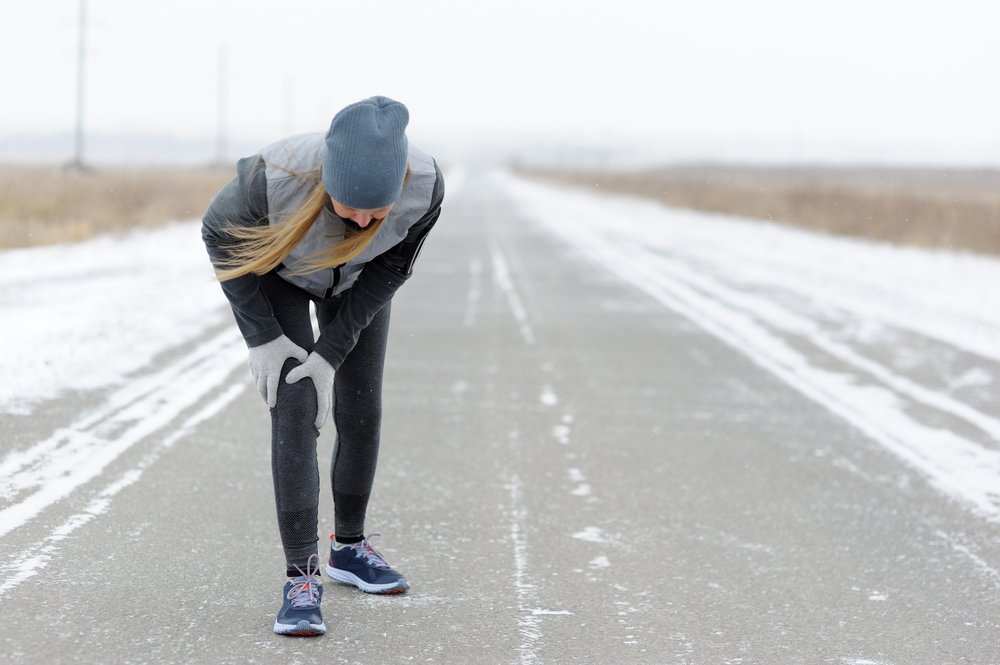
While winter sports can be a great way to stay active and enjoy the colder months, injuries can occur if you are not cautious. Knowing the most common injuries that occur during winter sports can help you prevent them or seek medical attention quickly if necessary. Here are the top 5 more common winter sport injuries:
1. Skier's Thumb
Skier's thumb is a type of injury that affects the ulnar collateral ligament (UCL) located on the inside of the thumb. It is caused by excessive force on the thumb, such as from a fall while skiing or playing sports. Skier's thumb usually results in pain and swelling, difficulty moving the thumb, and weakened grip.
Skier's thumb can be treated with nonsurgical methods, such as rest, splinting, anti-inflammatory medications, and physical therapy. However, if these treatments do not provide relief or if the UCL is severely damaged, surgery may be required to repair the ligament.
It is important to seek medical attention as soon as possible if you have symptoms consistent with a skier's thumb. Early diagnosis and treatment can help reduce pain, improve thumb function, and prevent long-term complications. With proper care and rehabilitation, most people can make a full recovery from a skier's thumb.
2. Concussion
Concussions are a common winter injury, especially among winter athletes who participate in contact sports. The cold weather can cause colder muscles and reduced dexterity that predispose athletes to an increased risk of head injuries. During a concussion, the brain experiences an abrupt jolt or shock, which can lead to confusion and disorientation.
If someone is suspected of having suffered a concussion, they should be taken immediately to the emergency room for evaluation. It is important to recognize that any head injury should be taken seriously. If someone has suffered a concussion, they should not return to sports until all symptoms have cleared up and their doctor permits them to do so. The most crucial step in recovering from a concussion is giving the brain plenty of time to rest and recover. This will ensure that long-term complications are avoided and the person can safely enjoy winter activities again.
3. ACL Injuries
An anterior cruciate ligament (ACL) injury is a common winter sports injury, particularly in skiing and snowboarding. It occurs when the ligament that connects the upper leg to the lower leg gets damaged due to twisting or rotating too quickly. The most common symptoms of an ACL injury are pain, swelling, and instability in the knee joint.
Treatment for ACL injuries typically consists of rest, physical therapy, and possibly surgery. Resting and avoiding activities that could further damage or irritate the ligament is critical in allowing it time to heal properly. Physical therapy can help strengthen surrounding muscles to provide additional support for the injured area as well as improve the overall range of motion. Surgery may be needed if a tear is severe.
4. Shoulder Dislocation
Shoulder dislocations are a common injury among winter sport athletes, especially during activities that involve contact or falls such as ice hockey. Shoulder dislocations occur when the upper arm bone pops out of its shoulder socket and can cause severe pain, swelling, and difficulty moving the shoulder joint. If left untreated, shoulder dislocations can lead to long-term instability of the shoulder joint.
Treating a shoulder dislocation typically involves repositioning the shoulder joint to restore it to its normal alignment by an orthopedic doctor or an emergency physician. The patient is put under general anesthesia while this is done in order to minimize any pain and discomfort. After being relocated back into place, patients may be given a sling or brace to support the shoulder joint and reduce any movement of the joint that could lead to another dislocation.
Seeking medical attention immediately after a shoulder dislocation can help minimize any long-term effects and get you back on your feet faster! It’s important to take precautionary measures before participating in winter sports, such as stretching and warming up.
5. Muscle Pulls
While muscle pulls are a more minor injury on this list, they are still a common winter sports injury. Cold weather can cause muscles to tighten, making them more prone to strains or pulls while participating in activities such as skiing, snowboarding, or other winter sports. Sudden twists and turns can result in muscle strain or soreness due to overstretching the muscle beyond its capabilities.
Treating a muscle pull typically involves rest, ice, compression, and elevation (RICE). Resting the injured area allows the muscles to begin healing without further damage. Ice helps reduce swelling and pain in the affected area. Compression helps reduce pain by providing support for the injured tissue and preventing further inflammation from occurring. Finally, elevating the affected area helps to reduce swelling by encouraging fluids from accumulating around the injury site.
Physical therapy can also be beneficial for helping injured muscles regain strength and mobility. In some cases, medications such as nonsteroidal anti-inflammatory drugs may be used to reduce pain and swelling if needed.
PT Family Medicine offers personalized care to patients across the Pittsburgh region. If you are struggling with a sports-related injury or are interested in learning about preventative care, contact PT Family Medicine today or schedule an appointment directly from our website.
